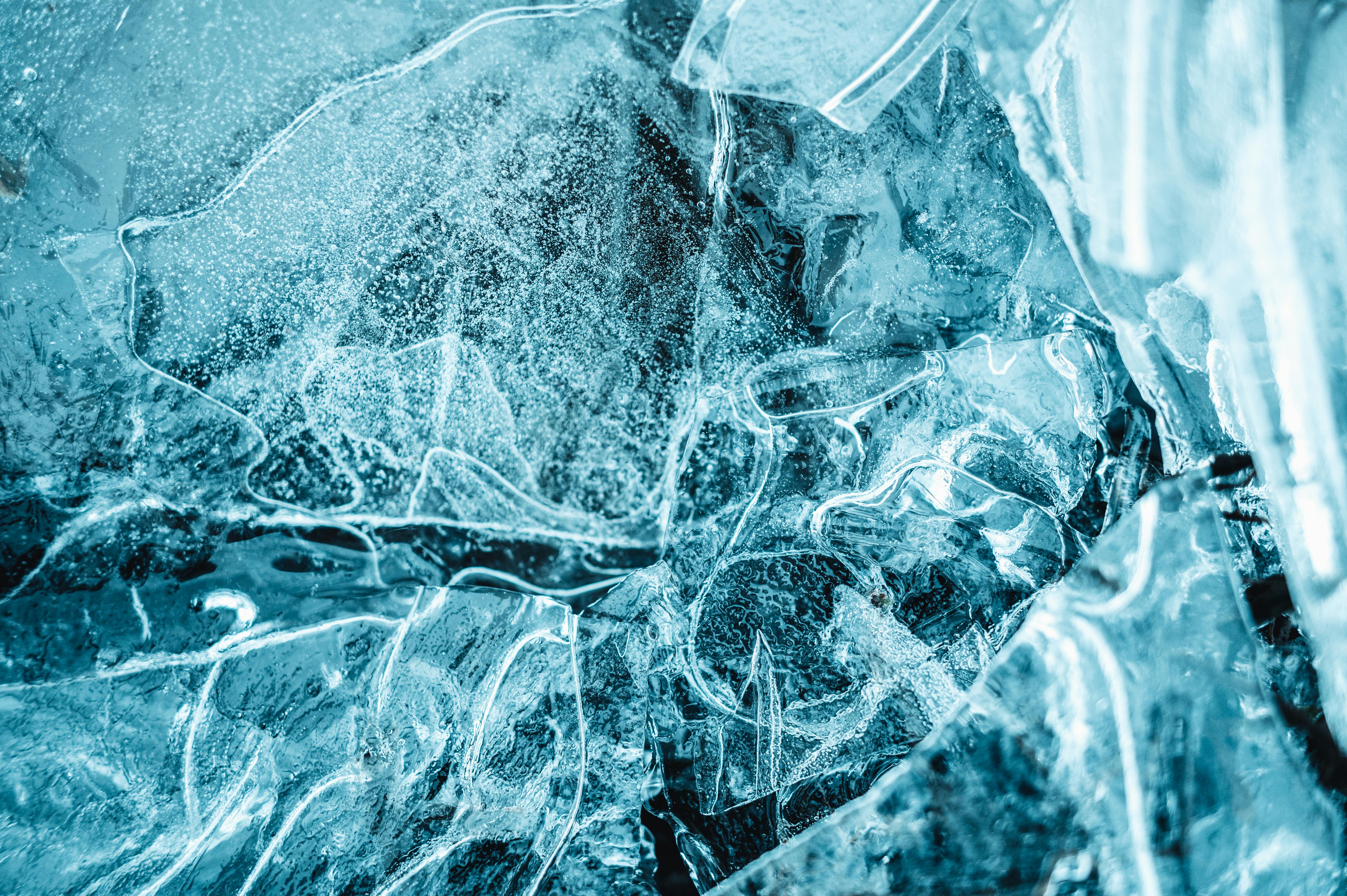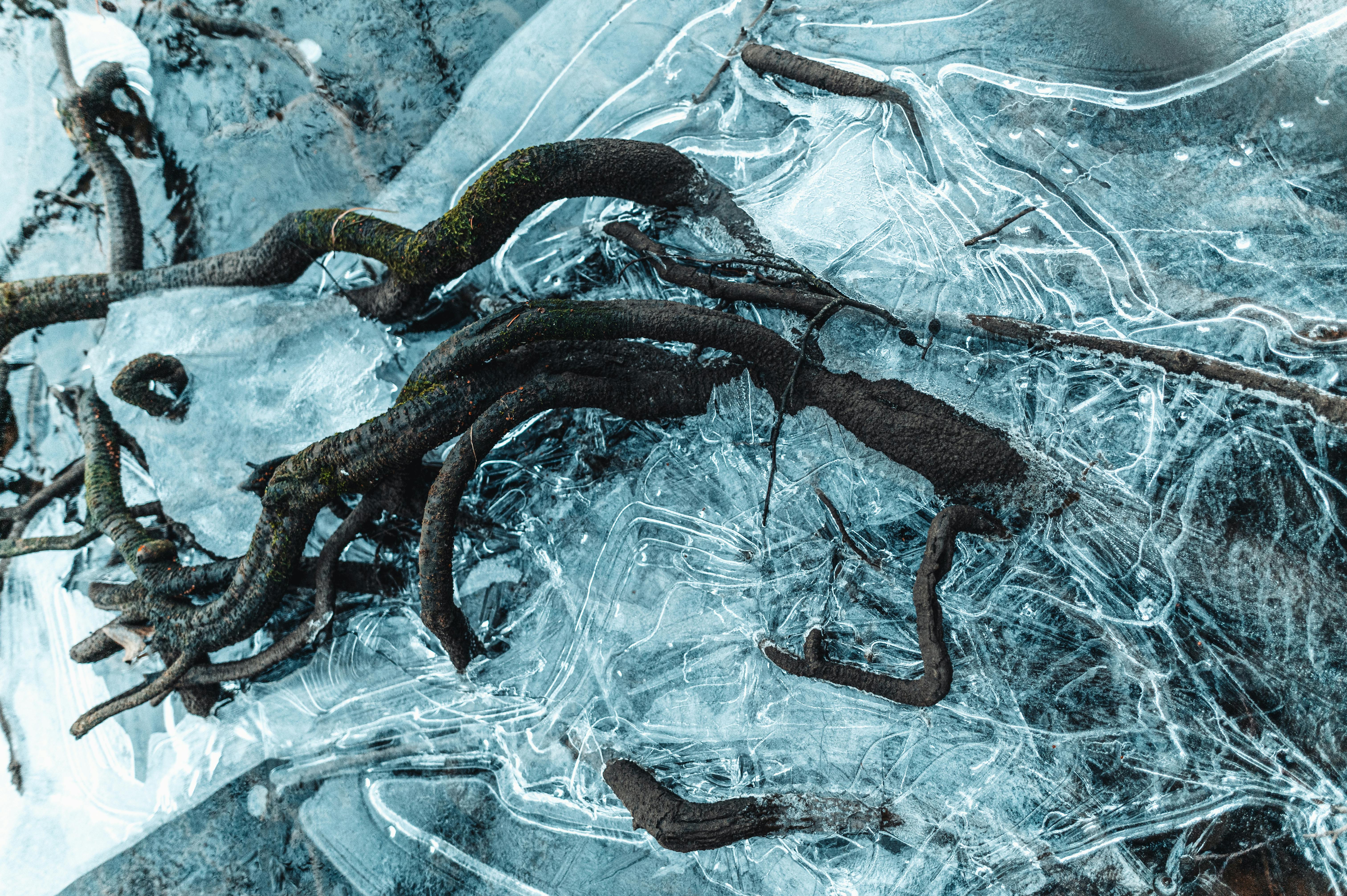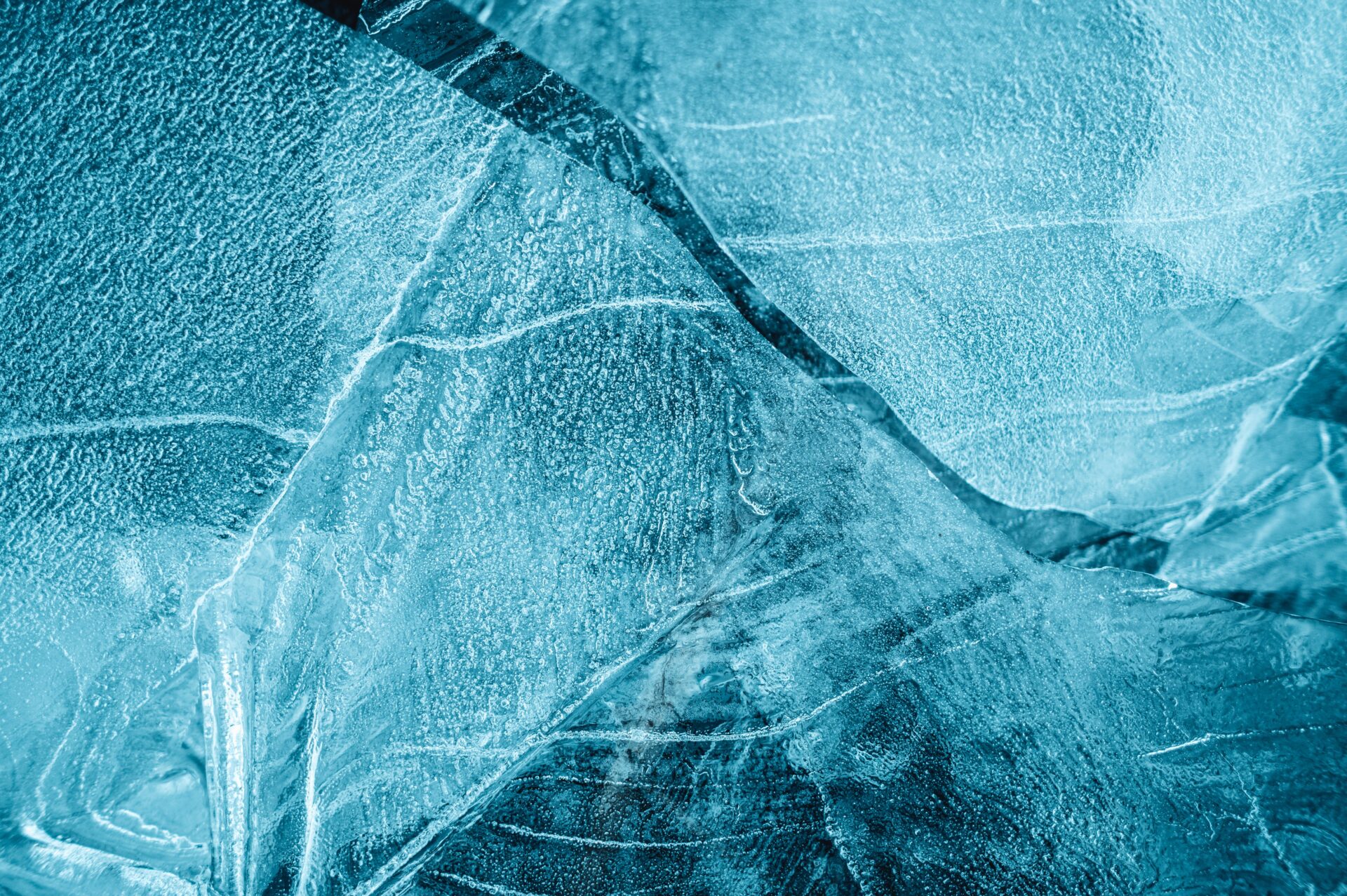If your mattress has been exposed to water damage, it is important that you take the necessary steps to clean and dry it quickly and efficiently. This article will provide you with information about how to clean a mattress from water damage in order to prevent further damage or mold growth. We will discuss the different types of cleaning methods, materials needed, and safety tips while cleaning your mattress from water damage.To clean a mattress after water damage, start by removing the bedding and any other fabric items from the mattress. Then, use a vacuum cleaner with an upholstery attachment to remove any excess moisture and debris from the mattress. Next, mix a solution of equal parts warm water and white vinegar in a spray bottle. Spray the solution onto the affected area of the mattress and use a clean cloth to scrub gently. Once you have removed as much of the stain as possible, let the mattress air-dry completely before making it up with fresh bedding.
Removing Moisture From A Mattress
Removing moisture from a mattress can be a tricky task, as mattresses are large and often difficult to move. It is important to act quickly when you first discover that your mattress has become wet, as moisture can cause mold and mildew to grow, leading to a variety of health risks. To effectively remove moisture from your mattress, there are several steps you can take.
The first step is to identify the source of the moisture. If the wetness is due to an accidental spill or leak, you should remove the sheet or other fabric covering your mattress as soon as possible and clean up any liquid that has seeped through. If the wetness is due to perspiration, steam cleaning may be necessary.
Once you have determined the source of the moisture, you should take steps to dry out your mattress. If possible, lift your mattress off of its frame and place it in a sunny spot outdoors or in a well-ventilated area indoors. This will help speed up the drying process by allowing more air circulation around the mattress. You should also use fans or dehumidifiers if available to help speed up the drying process further.
Once your mattress has dried out completely, it’s important to take preventive measures against future moisture issues. Make sure that all liquids are kept away from your bed at all times and use breathable sheets and covers on your mattress that allow for adequate air circulation around it. Additionally, consider investing in a waterproof cover for your mattress if you live in an area with high humidity levels or frequent rainstorms. Following these steps will help ensure that you keep your mattress dry and free from mold growth for years to come.
What To Do When Your Mattress Gets Wet
If your mattress has been exposed to water, it is important to take immediate action. The longer the mattress remains wet, the more likely it is to sustain damage. Here’s what you should do when your mattress gets wet:
1. Remove the bedding and any other fabric items from the mattress.
2. Move the mattress away from the wall and other furniture, so that air can circulate around it. This will help to speed up the drying process.
3. Use a wet/dry vacuum cleaner or a handheld vacuum cleaner to remove as much water as possible from the surface of the mattress.
4. Use a fan or dehumidifier to increase air circulation and help dry out the mattress more quickly.
5. If you are able, lift up one side of the mattress and place something underneath it (like an old towel) so that any remaining moisture can drain away.
6. Once your mattress is dry, if possible, turn it over to expose both sides to air circulation.
7. Place a waterproof cover over your mattress before replacing any bedding or other items on top of it, in case there is still some residual moisture present in the material.
Last but not least, contact a professional cleaning service if you are unable to properly dry out your mattress on your own.
Step 1: Assessing The Damage
The first step in cleaning a wet mattress is assessing the damage. You’ll need to determine how wet the mattress is, as well as what caused the wetness. If it’s been exposed to water or other liquids, you’ll want to determine what type of liquid it is and take steps to remove it from the mattress. It’s also important to make sure there aren’t any mold, mildew, or other bacteria growing on the surface of the mattress.
Step 2: Removing Excess Moisture
Once you’ve assessed the damage, you’ll need to remove any excess moisture from the mattress. If possible, use a vacuum cleaner with an upholstery attachment to suck up as much of the moisture as you can. Alternatively, you can use a fan or dehumidifier to help dry out the mattress faster.
Step 3: Cleaning The Mattress
Once you’ve removed any excess moisture, you’ll need to clean the mattress. Start by spot-cleaning any stains or discoloration using a mild detergent and lukewarm water. Don’t use too much detergent or water, as this can cause more damage than good. You may also want to consider using an enzyme cleaner specifically designed for cleaning mattresses.
Step 4: Drying The Mattress
Once you’ve cleaned the mattress, it’s time to dry it out completely. Place several towels on top of and underneath the mattress and let them absorb as much moisture as possible. You may also want to consider placing a few fans around the mattress in order to speed up drying time.
Step 5: Vacuuming The Mattress
After your mattress has dried completely, you’ll need to vacuum it thoroughly in order to remove any dirt or dust particles that have accumulated during drying time. Make sure not to miss any corners or crevices that may be hidden away! Once you’re finished vacuuming, your mattress should look and feel like new again!
Supplies Needed To Clean A Water Damaged Mattress
Cleaning a water damaged mattress can be a daunting task, but it’s important to deal with the damage as soon as possible. To make the process easier and more effective, it’s important to have all the necessary supplies on hand. The supplies needed to clean a water damaged mattress include: vacuum cleaner, dust mask, gloves, cleaning cloths or sponges, mild detergent or soap, white vinegar or hydrogen peroxide, baking soda and an upholstery shampoo.
A vacuum cleaner is needed to remove any large debris from the mattress, such as dirt and pet hair. Wearing protective gear such as a dust mask and gloves is recommended to avoid breathing in any harmful particles while vacuuming. A few different types of cleaning cloths or sponges should also be used for scrubbing away any stains that remain on the mattress after vacuuming.
Mild detergent or soap will help lift any dirt and stains from the mattress surface. White vinegar or hydrogen peroxide can be mixed with water in a spray bottle for spot-treating tougher stains before scrubbing them away with a sponge or cloth. Baking soda can also be used to absorb moisture and odors from the mattress if needed. Finally, an upholstery shampoo may be necessary for restoring the mattress fabric back to its original condition if it has been heavily soiled by mold or mildew growth.
Having all these supplies available will make the process of cleaning a water damaged mattress much easier and more effective. It’s important to act quickly when dealing with water damage in order to minimize any potential damage or health risks caused by mold growth and other contaminants on the mattress surface.

Drying Out A Mattress After Water Damage
When a mattress has been exposed to water damage, it is important to act quickly to dry it out. There are several steps that you can take to help speed up the drying process and minimize any further damage. First, remove any bedding or other clothing from the mattress and place it in a dry area. Next, use a wet/dry vacuum cleaner to extract as much water as possible. If the mattress is not too wet, a fan can be used to help accelerate the drying process. In more severe cases, an industrial dehumidifier may be needed. Additionally, it is important to rotate and flip the mattress regularly in order to ensure that all areas of the mattress are able to dry out evenly. Finally, be sure to check your mattress periodically for any signs of mold growth or mildew. If you do notice any mold or mildew present on your mattress, it is important that you contact a professional for assistance with cleaning and restoration. Following these steps can help restore your mattress after water damage and keep it clean and safe for years to come.
Deodorizing a Mattress After Water Damage
Water damage can leave behind an unpleasant odor in your mattress that can be difficult to remove. To deodorize your mattress after a water damage incident, it is important to act quickly and use the right cleaning products. The first step is to air out the mattress by placing it in a dry, well-ventilated room. The more air circulation the better, so you may want to set up a fan or two to help move the air around. Once the mattress is dry, you will need to vacuum it thoroughly in order to remove any dirt and debris that may have been left behind.
After vacuuming, you can then use an enzyme cleaner or an odor neutralizer such as baking soda or white vinegar to help deodorize the mattress. For best results, it is important to apply these cleaners directly to the affected areas and let them sit for at least 15 minutes before wiping them off with a damp cloth. If you are using baking soda or vinegar, make sure to dilute them with water first in order to avoid damaging the mattress fabric. Once you have applied the cleaner, allow it time to absorb and dry before vacuuming once again.
Finally, if there are still lingering odors after all of these steps have been taken, you may want to consider using a portable ozone generator or an ozone treatment machine in order to completely eliminate any remaining odors from your mattress. Ozone treatments are generally considered safe for mattresses as long as they are used properly and not left unattended for too long. After using an ozone machine, allow plenty of time for the treated area(s) of your mattress to ventilate before using it again.
Store Your Mattress in a Dry Place
One of the best ways to prevent water damage to your mattress is to store it in a dry place. Make sure the storage area is well-ventilated and that it is not exposed to any moisture or humidity. You should also keep your mattress away from direct sunlight and away from any other sources of heat that could cause it to become damp. If you must store your mattress in an area that is prone to dampness, make sure you place a dehumidifier in the room.
Check for Leaks Around the Bed
Whenever you are checking for water damage on your mattress, make sure you look for any leaks around the bed as well. Check pipes and faucets for any signs of leakage, and check around windows and door frames for any water damage. If you find any signs of water damage, take action immediately to repair the leak before it causes further damage to your mattress.
Clean Spills Immediately
If there are spills on your mattress, make sure you clean them up as soon as possible. Use a wet/dry vacuum cleaner or a carpet cleaner that can absorb liquids quickly. Try to avoid using harsh detergents or bleach as these can cause further damage to the fabric of the mattress. If there are stains that cannot be removed with ordinary cleaners, then use specialized products designed specifically for cleaning mattresses.
Use Mattress Covers
Using a waterproof mattress cover can help protect your mattress from water damage. These covers are designed specifically for mattresses and come in various sizes so you can find one that fits your particular bed size perfectly. Make sure that the cover fits snugly over the entire surface of the mattress so no moisture can get inside.
Use Proper Cleaning Techniques
When cleaning your mattress, always use proper cleaning techniques so as not to cause further damage or risk damaging its materials and fabrics. Vacuum your mattress regularly using an upholstery attachment on a low-power setting, then spot clean areas with a mild detergent solution if necessary. Avoid excessive scrubbing when cleaning, as this may cause tearing of fabrics or other forms of damage.

Conclusion
Cleaning a mattress from water damage is not an easy task. It requires a lot of care and patience to make sure that the mattress is completely dried and cleaned. Use the right tools and materials to clean, deodorize, and sanitize the mattress to ensure that it is free from any bacteria or mold. Follow these steps properly, and you will be able to restore your mattress back to its original condition.
When you are dealing with a water-damaged mattress, it is important to act quickly as this could cause further damage if not treated promptly. Be sure to take all necessary precautions before attempting any cleaning process and always follow the manufacturer’s instructions for proper care of your mattress. With these tips in mind, you can protect your mattress from water damage for many years to come.

